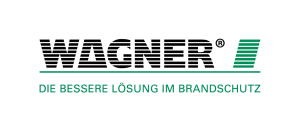European Market Trend: Fire Safety 2021
According to Fire Safe Europe, there are 5,000 fire incidents every day across the whole of Europe. Fires are a health factor, a cost factor and have great impact on polluting our environment. That’s why GIT SECURITY is exploring the topic of fire safety in Europe and discusses here the 7 layers of fire prevention established by the Modern Building Alliance.
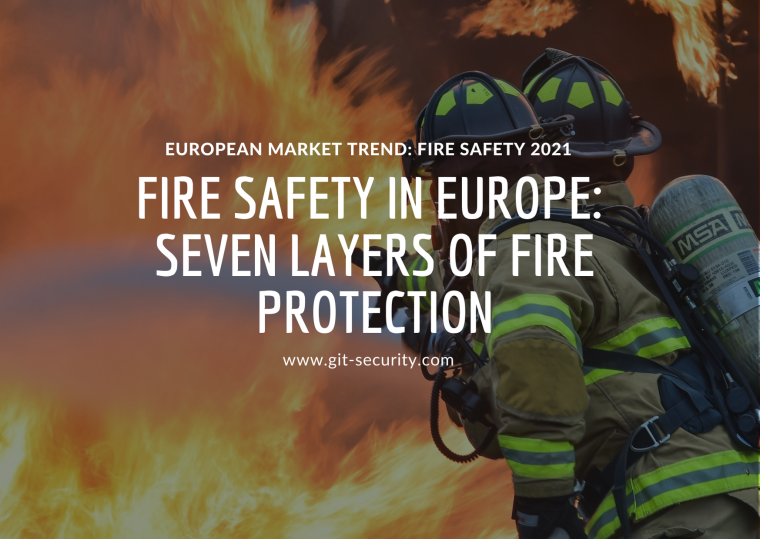
Each country in Europe has their own fire regulation and laws, however, there has not been made a coordinated approach to fire safety – at least none that is spanning across Europe. In November 2020, the European Fire Safety Alliance (EuroFSA) co-organized five high-level online events about fire safety, in which more than 32 speakers shared their expertise and recommendations to bridge gaps and define actions for 2021. Supported by members of the European Parliament, such as Maria da Graça Carvalho (Portugal), Sean Kelly (Ireland), Adam Kosa (Hungary), Carlos Zorrinho (Portugal) and Zeljana Zovko, they are prepared to engage with the European Commission to improve fire safety for all.
Action Plan
Nonetheless, tremendous improvements have also been made over the past years: Fire fatalities have fallen by 65% in Europe over the last 30 years (Modern Building Alliance). Zooming in on the micro perspective, GIT SECURITY wanted to highlight some steps, so that anybody who is responsible for fire safety in a building can check, whether they are up to date with their technology and assess what they have already established.
There are seven layers of fire safety in buildings (Modern Building Alliance) which will be discussed further to create awareness and give some example solution providers that can be contacted.
Layer 1: Prevention
The first point starts before a fire has even started. There are many measures that can be taken when implementing an effective prevention strategy. One of them is understanding the building and understanding the risks and causes of fires; so, it is really about education and awareness. Still one of the main causes of accidental fires in Europe is smoking and electrical faults as well as cooking and the use of candles and matches. The best thing you can do for fire prevention is to make sure your buildings and premises are in shape – check on electrical cables, check regulations in your country. And be sure to get informed about which fire protection system is most suitable for your premise. Some systems even make sure that fire can’t even ignite in the first place.
For example, the company Wagner, has developed an Oxygen Reduction System. Three components are necessary for fires to develop: oxygen, heat energy and fuel. If one of these three components is taken away, there is no way a fire can break out. OxyReduct is based on this principle. By reducing the oxygen content of the air, it literally “takes the fire’s breath away”. The systems produce nitrogen from the ambient air and introduce it into the previously defined protected area. In this way, the oxygen concentration there is reduced below the specific ignition threshold of the materials mainly stored there. In this protective atmosphere, a fire cannot develop nor can it spread any further. However, since a smoldering fire can still occur despite the oxygen reduction, this solution also includes a system for early fire detection with air sampling smoke detectors – which brings us to the next layer.
Layer 2: Detection
In the second layer we think about what happens when a fire breaks out. In fact, the worst that could happen to a fire, is its early detection. So, what needs to be done in this case is to create as much time as possible so that building managers can react, evacuate and do everything that needs to be done in case of emergency. Thinking about the best detection system with smoke detectors, smoke alarms or video fire detection – even gas detection or CO2 detectors. The market has a lot to offer. For example, the latest collection of Soteria addressable fire detectors by Apollo Fire Detectors. Soteria detectors are user-programmable and can be set to a sensitivity mode best suited for the application. This provides reassurance in installations where adaptability to changing conditions is paramount.
Layer 3: Early Suppression
So, when fire is detected, the next handy helpers are extinguishers or sprinklers that activate within minutes. Automated fire suppression systems can help by activating automatically wherever a fire is detected. Johnson Controls, for example has a comprehensive range of fire sprinklers for residential, commercial, and industrial applications. They also have a deep portfolio of fire sprinkler systems for storage applications. These systems can be customized for almost any type of fire suppression solution.
Layer 4: Evacuation
Having done all of the above, it’s time to evacuate. Especially in case the fire cannot be stopped with these measures. Safe evacuation of the building’s occupants is first priority. Does your building have escape routes that are accessible? Do you maybe have clutter stored on them? If not, are they well-lit, short and smoke-free? Do the occupants know about them and how to access them? Having escape routes is part of the building design, but the knowing about them is part of a functioning training and education system.
Some best practices are shown in Slovenia where they developed an information campaign for citizens. Another initiative comes from the Frankfurt Fire Brigade in Germany who organizes safety checks of high-rise buildings.
Layer 5: Compartmentation
To stop fire from spreading to other rooms, it is most important to keep it contained in the compartment of origin. This should also help to avoid corridors and escape routes becoming unsafe during evacuation. Physical barriers like fire doors and fire walls, floors and sealing of joints and penetrations are instruments for compartmentation. A high risk that nihilates a great compartmentation system is fire spreading on the façade.
One provider specialized compartmentation is Schüco. With their Schüco FireStop ADS 90 FR 30 fire protection system they have created a fire-resistant aluminium construction from the FireStop range with 30 minutes of fire resistance for high flexibility and minimised complexity. The innovative, 3-chamber open rebate profile geometry with a basic depth of 90 mm enables flexibility when there are changes in application while the building is in use. The subsequent addition of cables for providing electricity to the doors or a change in the lock technology, e.g. from single-point locking to multi-point locking, is possible without great effort. In this way, in conjunction with other adjustments, a fire door can be upgraded with burglar-resistant components, for example.
Layer 6: Structural Safety
This layer considers a worst-case scenario. If the fire is to spread through the building, it is existential that the building structure is solid and will not collapse. Fire safe structures can be determined through the standard fire resistance test on structural elements and assemblies. What has become clear from recent research is that combustibility of material is not necessarily bad for structural safety: Concrete, steel, wood, composites and elements with combustible products can be used in structures.
Layer 7: Firefighting
Professional fire fighters can only be as good as the time they have left to get to the fire. Their training and actions are what other people must rely on, so let’s not make it harder for them than it already is and keep the first six layers in check.
Solutions
Get an idea of what technologies are currently on the market. We have collected some of the latest solutions in fire protection ranging from detectors to alarm systems.
Global Fire Equipment (GFE) has launched a versatile addressable single loop fire control panel with advanced connectivity. The G-One has been designed with affordability and flexibility in mind. Thanks to its sophisticated design, easy installation and intuitive commissioning, it is an ideal solution for a wide range of single loop applications, from offices and restaurants, to shops, schools and more. The control panel can be either surface or recessed mounted.
Another provider for a complete fire alarm system is Bosch. Bosch can provide users with fire protection from A to Z: Detectors, video fire alarm, voice alarm and more. Smart Safety Link is one of the most reliable and secure ways to combine Fire Detection and Voice Alarm. The Bosch Safety Systems Designer makes planning of fire alarm systems (EN 54 portfolio) easy. And to manage fire alarm systems, they use their remote services over IP.
Siemens is another solution provider and specialized in fire protection. Siemens’ Cerberus Pace Compact extends capabilities in public address and voice alarm. The new compact version of CerberusPace Modular system, further extending the range of applications in which the public address voice alarm (PA/VA) solution can be employed. Together, CerberusPace Modular and Compact offer a comprehensive PA/VA solution, which can be integrated with fire protection and danger management systems.
References:
Apollo Fire Detectors - www.apollo-fire.co.uk
Bosch Security Systems - www.boschbuildingtechnologies.com
European Fire Safety Alliance (EuroFSA) - www.europeanfiresafetyalliance.org
Global Fire Equipment (GFE) - https://globalfire-equipment.com/
Johnson Controls - www.johnsoncontrols.com
Modern Building Alliance - www.modernbuildingalliance.eu
Schüco - www.schueco.com
Siemens Smart Infrastructure - www.siemens.com/buildingtechnologies
Wagner - www.wagnergroup.com
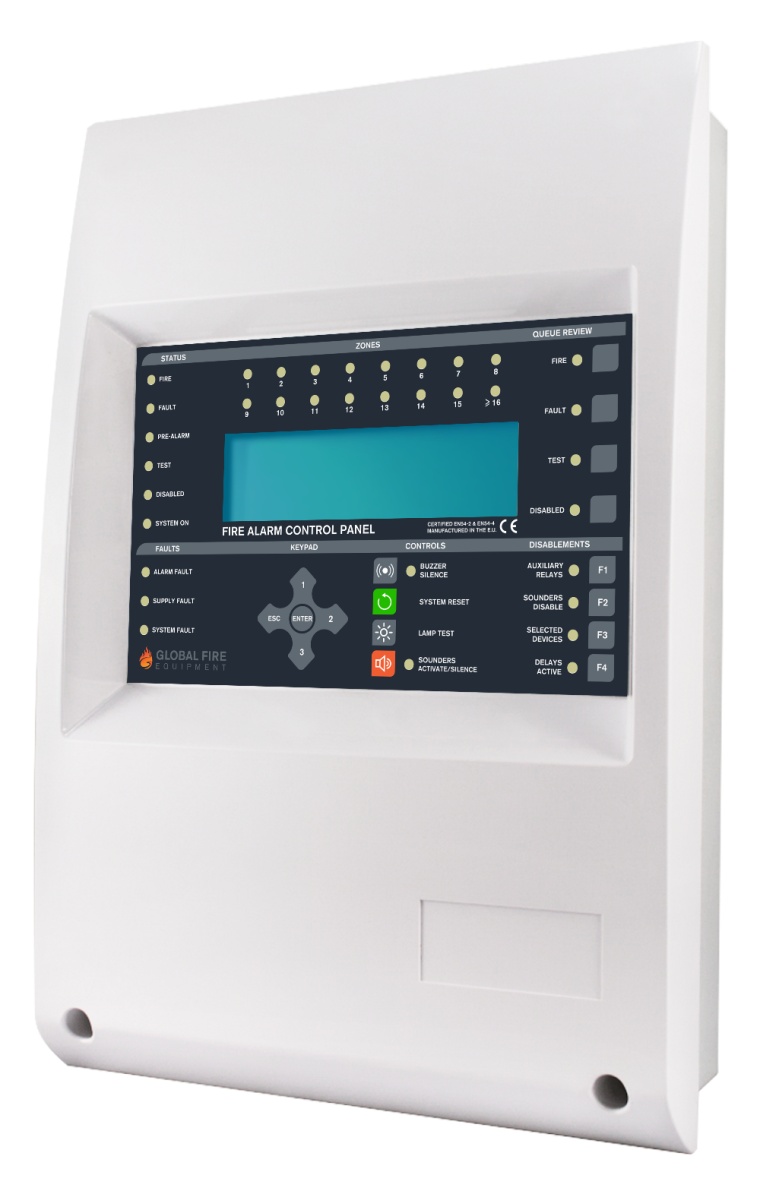
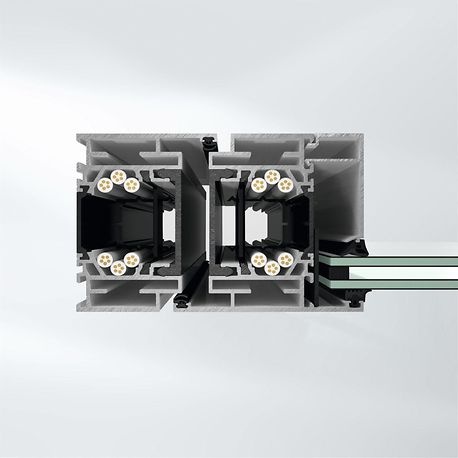

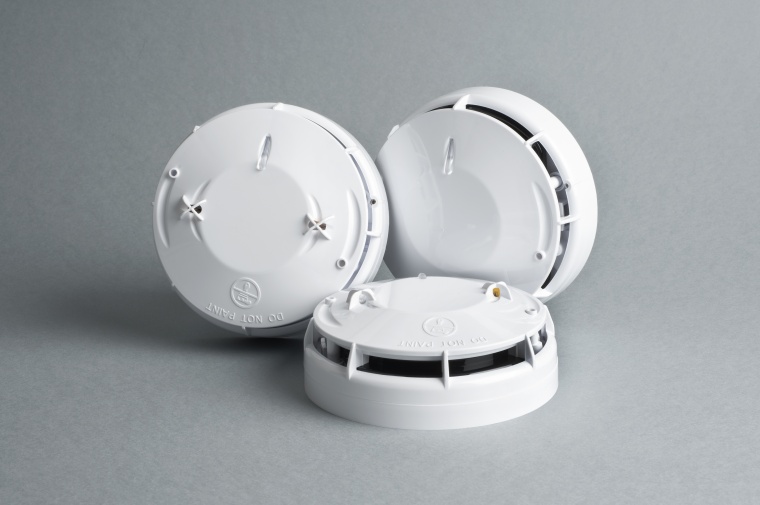
most read

VIP-Lounge Interview: Marco Mille, Global Head of Security, Siemens AG
VIP in the World of Security: Marco Mille, Global Head of Security at Siemens AG

Assa Abloy's battery-powered Aperio KL100 secures lockers
Boost workplace security and operational flexibility by securing more than just doors.

The Benefits of AI-based Video Surveillance Solutions for Sports Venues
Dallmeier Interview: Artificial intelligence Makes Stadiums Smarter


Is Your Venue Ready for Martyn’s Law?
Martyn’s Law demands stronger security by 2027. Is your venue prepared to protect and respond?

